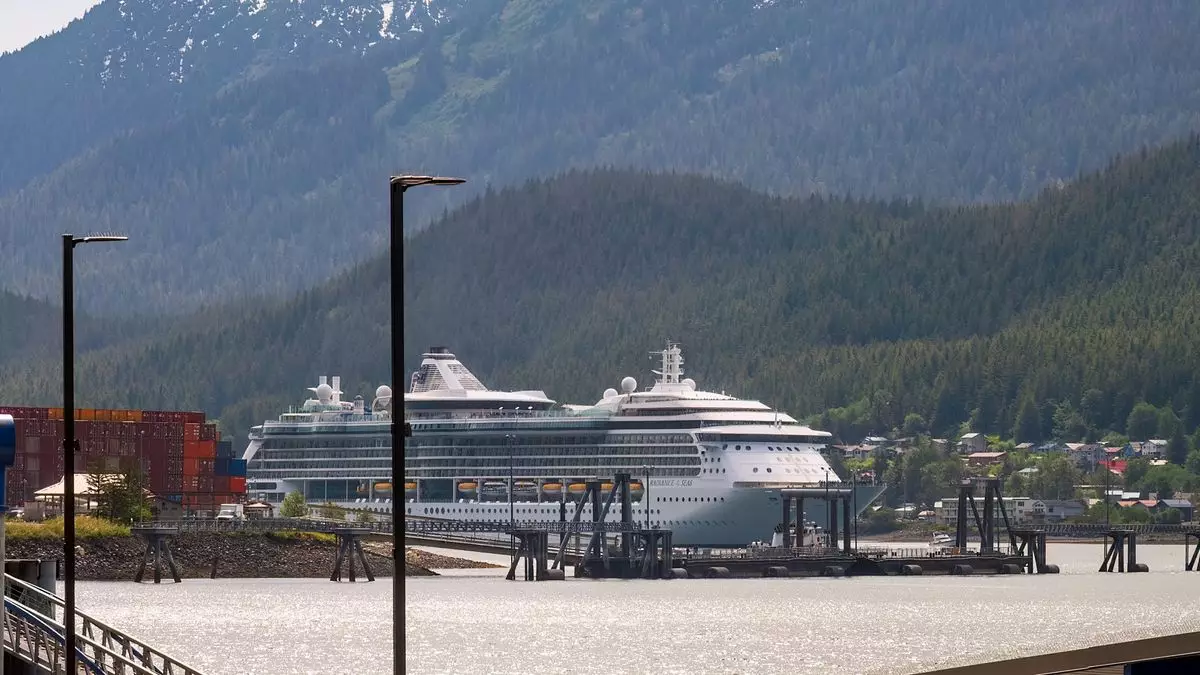As concerns over overtourism grow, Alaska’s Juneau is taking significant steps to mitigate the influx of cruise passengers. A recent agreement aims to enforce a five-ship limit and stabilize passenger numbers by setting a cap of approximately 16,000 cruise passengers on most days. This proactive approach reflects a broader trend within the tourism industry, where managing visitor volume is becoming critical for environmental preservation and local quality of life. The necessity for such measures stems from the pressure that excessive tourism places on infrastructure, natural resources, and the socio-economic fabric of small towns.
In the shifting landscape of Alaska’s cruising industry, the entrance of MSC Cruises and Virgin Voyages provides an intriguing twist. Both companies plan to launch their Alaska itineraries in 2026, a move that could redefine competition within the region. MSC Cruises is set to kick off its operations from Seattle, with stops planned in various key locations such as Juneau and Icy Strait Point. Meanwhile, Virgin Voyages will introduce its newest ship, the Brilliant Lady, and embark on an exciting array of routes, highlighting destinations beyond traditional tourist hotspots.
This development raises questions regarding the sustainability of the cruise lines’ market penetration under stringent limitations. With new entrants establishing their presence, the impact on existing operators, alongside the community and ecosystem, must be considered. The entry of fresh competitors could lead to congested waters if not carefully monitored.
The potential struggle for more newcomers in the Alaska cruise market is significant. Robert Morgenstern of Carnival Corp. outlined the obstacles facing lines that haven’t yet secured their standing in Alaska’s competitive landscape. Existing firms benefit from long-standing agreements that guarantee their berths in key locations. In contrast, new entrants face the daunting task of not only carving out their niche but also navigating the tightly regulated environment that limits passenger capacity. With several port cities, including Sitka, contemplating their restrictions, the future for additional operators looks increasingly complex.
Despite these challenges, further research indicates that there remains a small degree of flexibility within the upcoming limits. Reports suggest that certain days are already under the threshold established by the new caps. This underutilization opens a door for existing lines to potentially expand capacity, while simultaneously posing a larger question: how can new players adapt their strategies to thrive amidst existing constraints?
The Future of Alaska Cruises
The evolving cruise landscape in Alaska anticipates not just competition but also collaboration among cruise lines, local governments, and community stakeholders. As the industry adapts to rising environmental concerns, cruise lines might need to prioritize sustainable practices and community engagement to foster goodwill among local populations.
As 2026 approaches, one thing remains clear: the strategies employed by cruise lines could shape the trajectory of Alaska’s tourism for years to come. The balance between economic opportunity and environmental stewardship will be pivotal in achieving sustainable tourism that both visitors and locals can enjoy.

